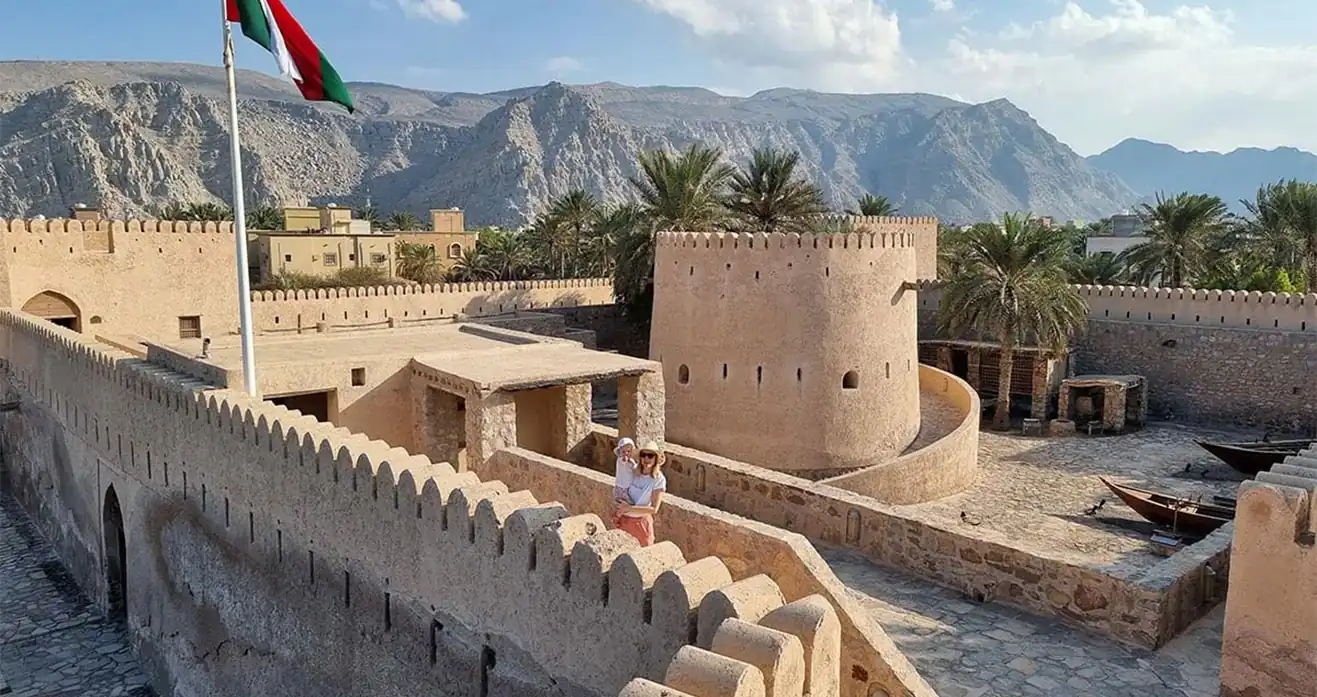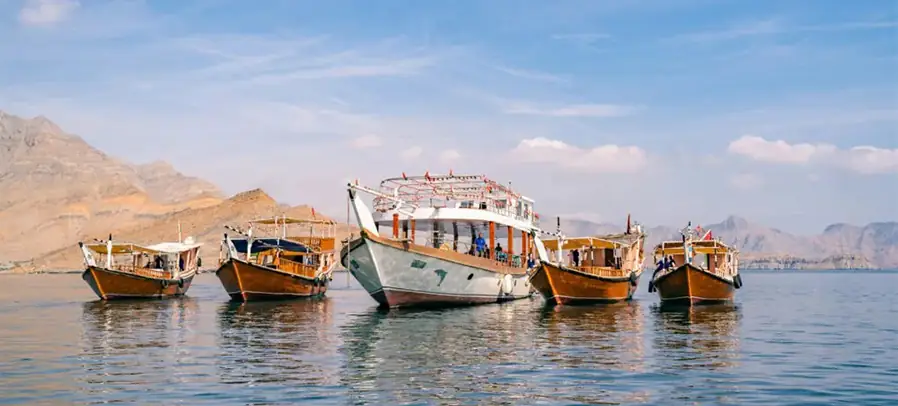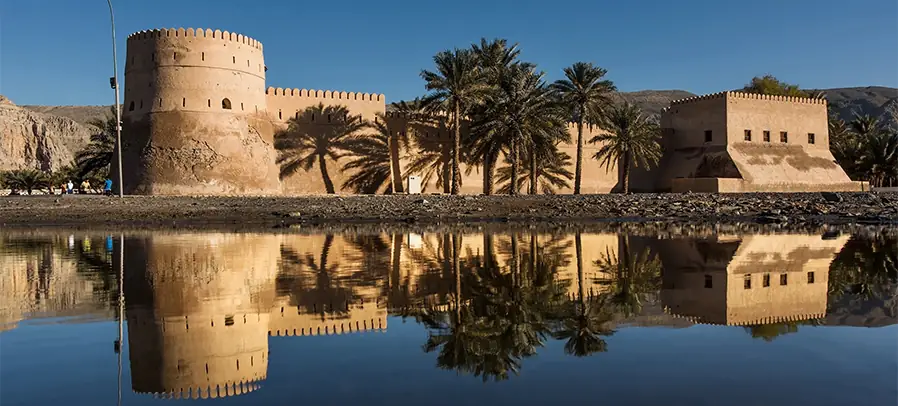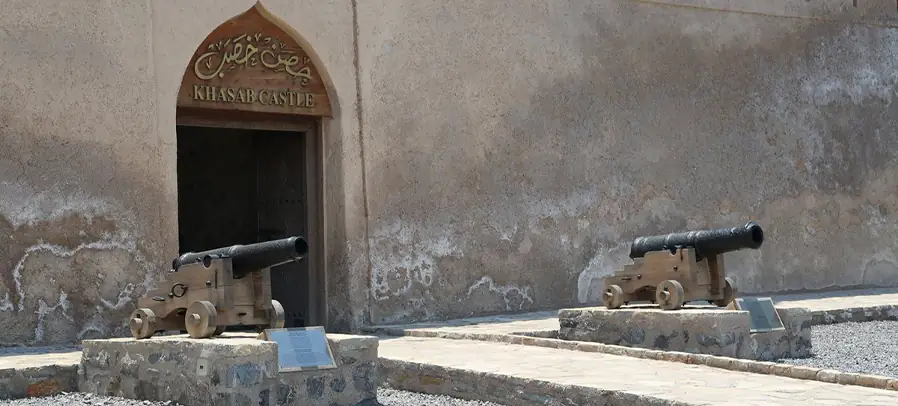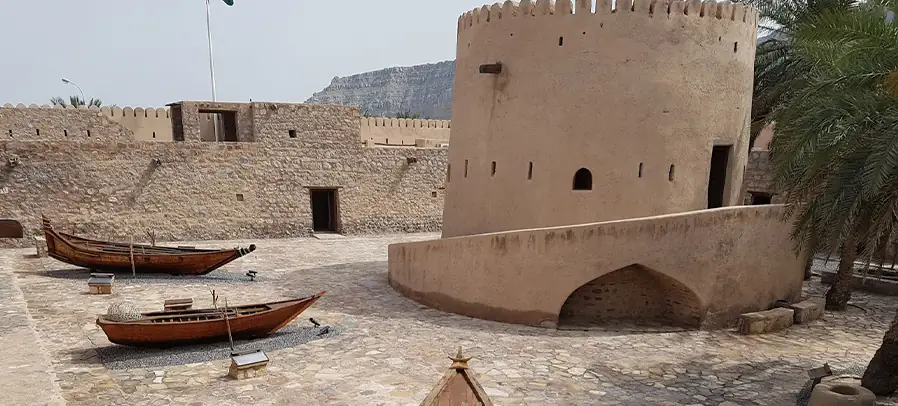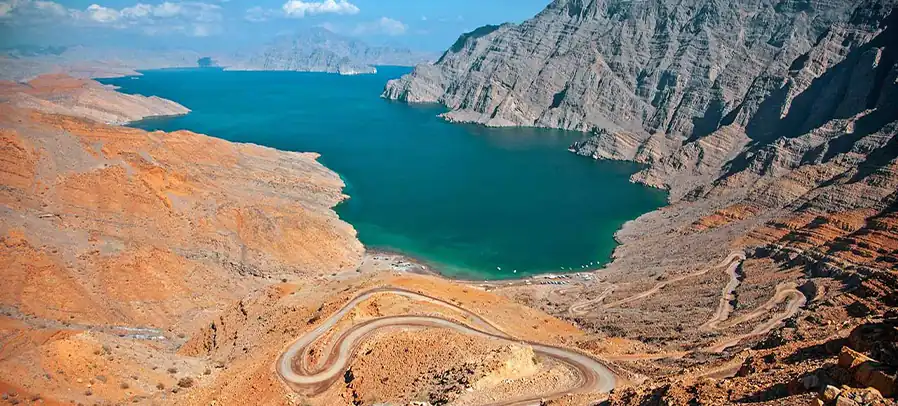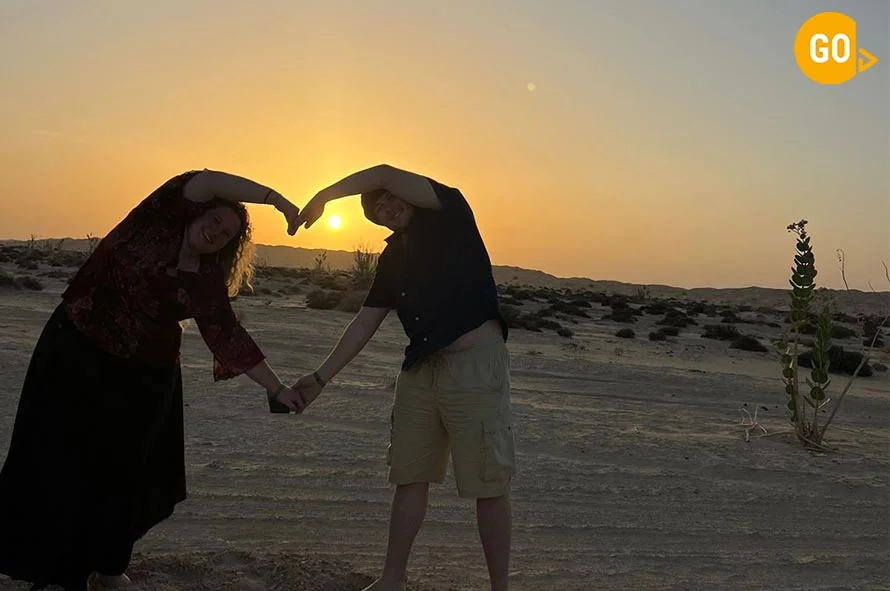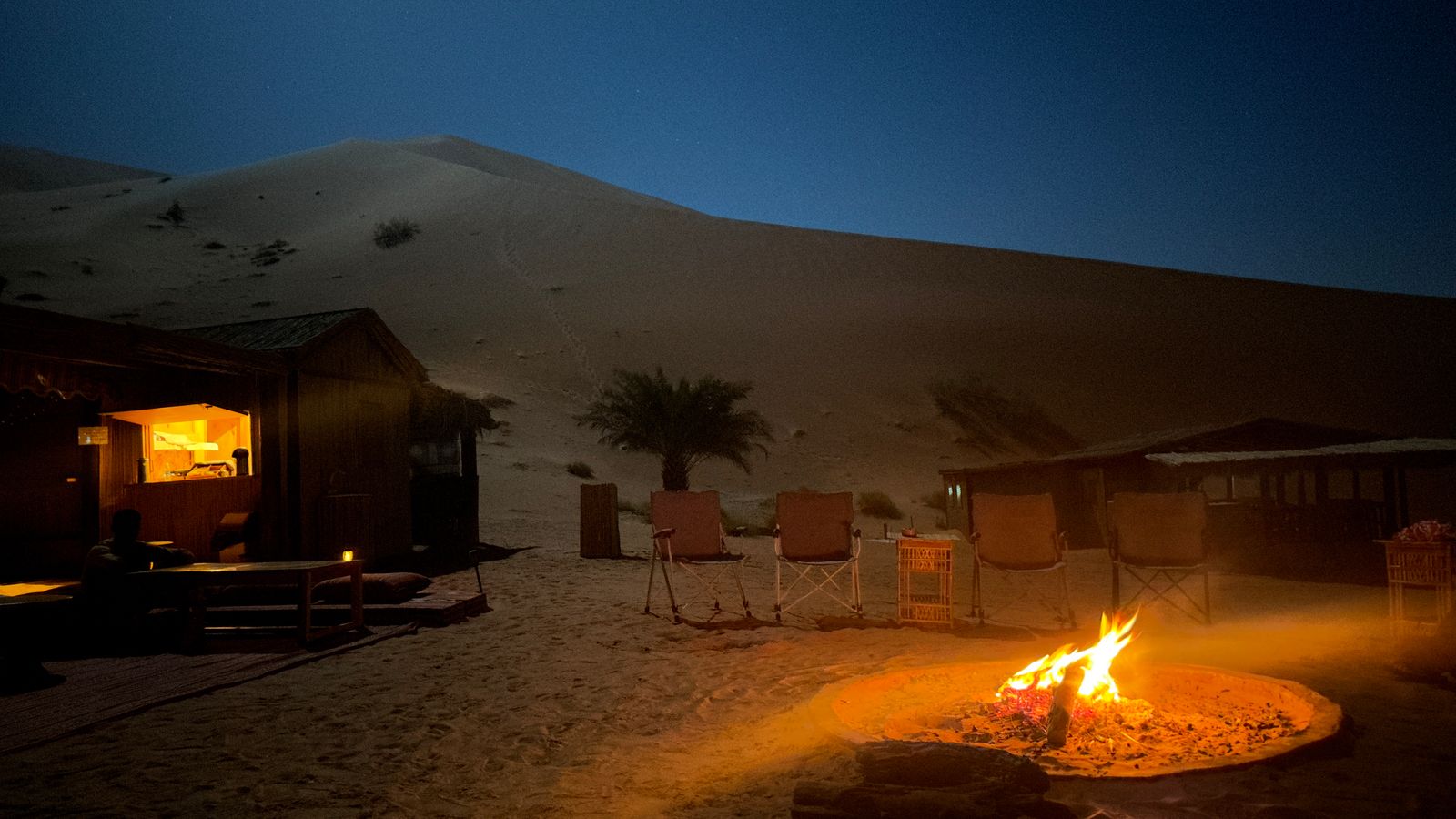Geographical Location in the Musandam Peninsula
Positioned at the narrow entrance of the Strait of Hormuz, Khasab has long been a strategic hub for trade and defense. Its rugged mountains, pristine waters, and picturesque fjords, known locally as Al Khor, make it a paradise for adventurers and travelers seeking tranquility.
Importance in Omani Culture and History
Khasab has always been a cultural melting pot due to its maritime connections. Khasab Castle and Fort reflect Oman’s efforts to protect its people, trade, and rich maritime heritage over the centuries.
Khasab Castle Historical Significance
Built as a defensive stronghold, Khasab Castle safeguarded the coast from pirates and rival powers. It monitored trade routes, mobilized defenses quickly, and symbolized the Sultanate’s authority.
Customize your Trip With Go Safari Salalah
Are our Salalah City Tour places not fulfilling enough? Contact us and tailor a city tour to your aspirations and desires.
Architectural Features & Unique Elements
Khasab Castle blends Portuguese military architecture with traditional Omani designs. Its circular structure, watchtowers, fortified gates, and decorative carvings provide insight into historic craftsmanship. Stone, mudbrick, and wood were used throughout, with central courtyards serving multiple purposes during sieges.
Visiting Khasab Castle
How to Get There:
Easily accessible by car from Dubai (~2 hours) or via ferry from Muscat, Khasab Castle is convenient for travelers. Taxis and guided tours are also available.
Opening Hours & Tickets:
Open daily 8:00 AM – 4:00 PM. Tickets are affordable: approx. 2 OMR for adults, discounted for children. Purchase on-site or online via Oman tourism portals.
Luxury perfumes and cosmetics:
Frankincense remains a key ingredient in Omani fragrances sold across Salalah markets.
Khasab Fort & Local Legends
The 17th-century Khasab Fort reveals Oman’s rich heritage. Local legends speak of brave soldiers defending against the Portuguese and hidden treasures within secret passages, adding a magical aura to the visit.
Conclusion Conclusion
Khasab Castle is a must-visit for history lovers and adventure seekers. Immerse yourself in Oman’s maritime past and breathtaking fjord landscapes.
Book your next adventure today and explore the magical Musandam Peninsula!

